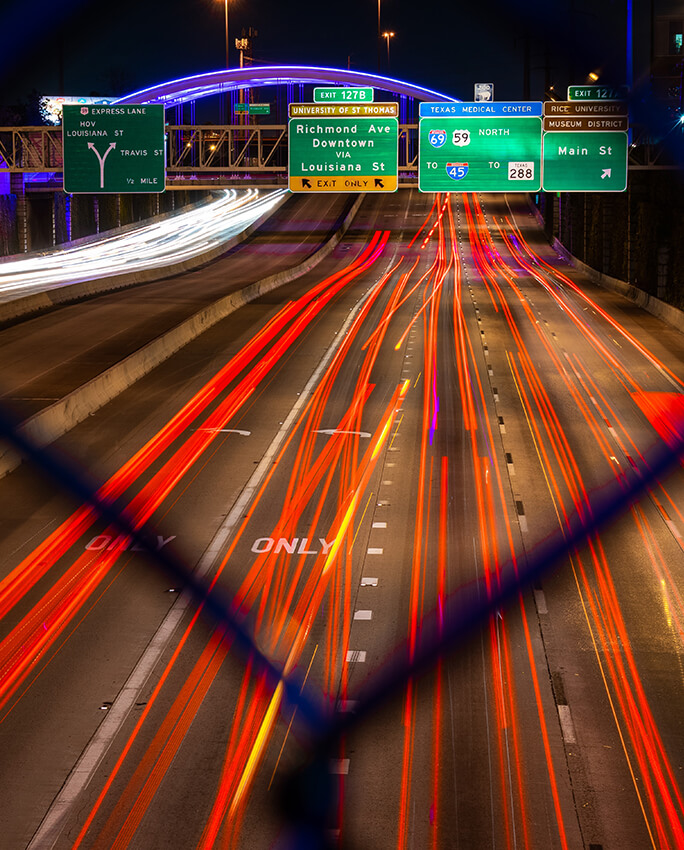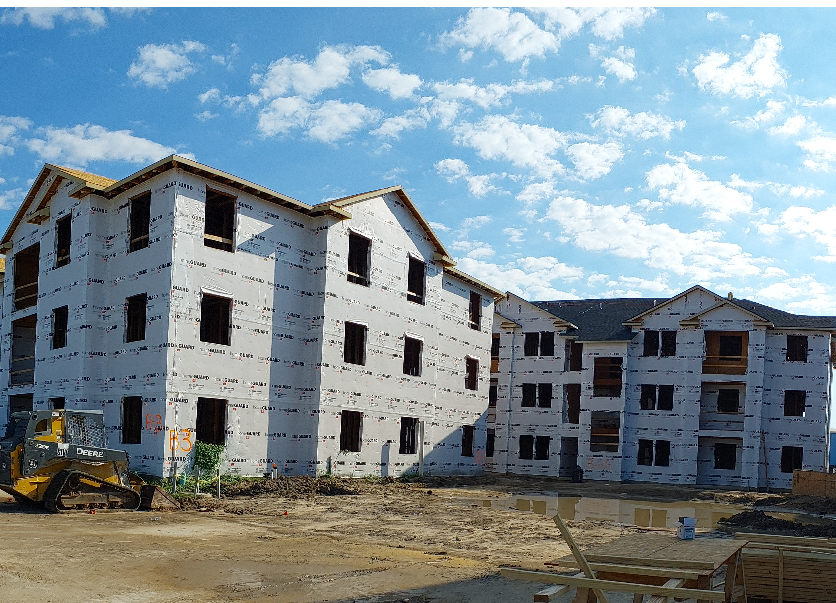 Today, it seems like the landscapes of our cities are set and established based on our behaviors and daily activities. We can easily forget about the transformative changes from shopping behaviors, demographics and societal changes that have occurred over the past 30 years. Changes in our cities big and small, include shifts in regards to why and how development occurs.
Today, it seems like the landscapes of our cities are set and established based on our behaviors and daily activities. We can easily forget about the transformative changes from shopping behaviors, demographics and societal changes that have occurred over the past 30 years. Changes in our cities big and small, include shifts in regards to why and how development occurs.
Innovation District Zones
A lot of times it is mentioned how running into others can be a benefit while in the office. This is similar to the idea of a strategy known as Innovation District zones. These zones are comprised of developments that have many types of housing that are able to persuade a population to become diverse while combining retail and employment that is mixed-use.
An Innovation District is distinguished by more than one location known as “anchors”. These anchors are designated as being research facilities, hospitals, and colleges. These are then disbursed all over the districts and include many other green spaces that are open, dining facilities, retail stores, and offices that focus on specific types of options for transportation, which usually ends up being public transportation. When you think about it, it can be seen as a giant mall designed for creativity and ideas.
Blue Zone Areas
With Blue Zones, these are areas based on a high rate of health among the occupants. These areas have been shown to have the least amount of health problems such as heart disease or cancer, are happier, and have more longevity among the elderly. In order to determine how this was done there are 6 concepts that determine longevity and an increased amount of health:
- Decrease the amount of stress
- Be involved with social and family life
- Only consume a moderation of alcohol
- Maintain a diet that is vegetarian
- Maintain a purpose in life which includes activities that are meaningful
- Exercise regularly and in moderation
These concepts in these Blue Zones are easily administered during urban planning and are able to infuse new growth and reuse purposes that are adaptive like the following:
- Environments that encourage a decrease in automobiles
- A variety of options for housing that encourage a community that is comprised of different generations
- High amount of diversity among buildings and communities to promote more walking
EcoDistrict
The idea of an EcoDistrict has quickly become preferred among urban planning. The reason for this preference is due to the EcoDistrict’s ability to join urban planning to development that is sustainable in order to decrease a development’s impact on the environment.
Although the majority of EcoDistricts exist in China, Japan, and Europe, they have also begun to pop up in a few states here in the US. An EcoDistrict is able to integrate a few of the same concepts as we see in a larger neighborhood such as:
- Generating energy from turbines and other natural resources like the sun and wind.
- Conserving water collected from storm or rain water to recycle it.
- Promoting various lifestyles that can encourage the use of transit or bicycles
What It All Means
Each of these concepts doesn’t need to be clear or unrelated. You just need to imagine a district that is able to combine the values of the EcoDistrict and Blue Zone.
In today’s society, the top sellers are green spaces and walkability. This is why many buyers prefer a community that is able to provide technology, land use, and architecture. The good thing about EcoDistricts, Blue Zones, and Innovation Districts is that they can offer more than the qualities stated here. They can also easily supply a safe, healthy, diverse, affordable, and interesting neighborhood.






